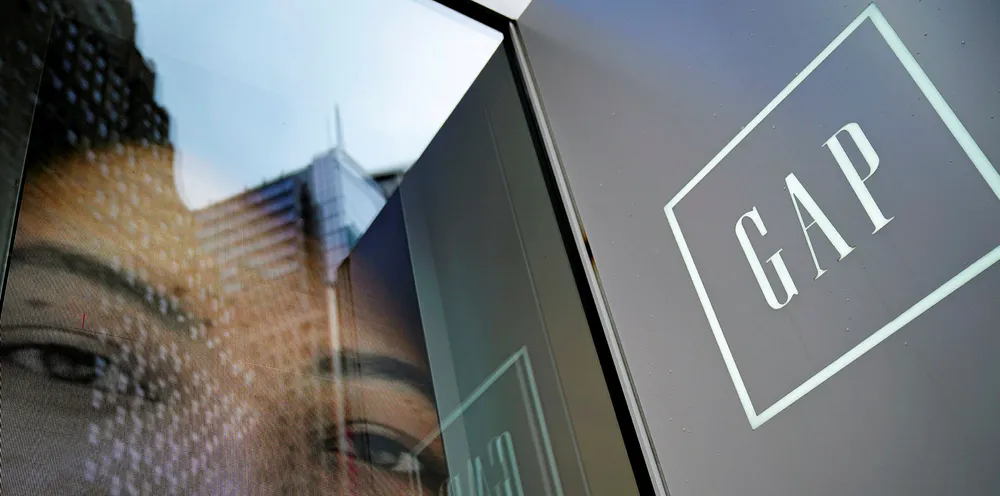US corporate clean-power deal volume smashes record in 2019: AWEA
Who’s-who of US corporate giants drove deal volumes in the non-utility renewables power purchasing to 5GW last year, according to AWEA figures

Led by a who’s-who of US corporate giants, non-utility purchases of wind power reached a record of just under 5GW in 2019 with the sector emerging as a significant demand driver as it expands beyond early entrant technology giants, according to latest figures from the American Wind Energy Association (AWEA).
Deal volumes rose 15% versus 2018, propelling total US wind power purchases by commercial and industrial (C&I) customers to 18GW including 14.7GW in long-term off-take contracts, reinforcing the country as by far the largest global market for corporate and other non-utility wind purchases.
Of the 39 C&I power purchasers last year, 22 were first-time buyers, including household names such as Citigroup, Ford, Gap, Honda, McDonald’s, Sprint and Starbucks. Another new buyer was the City of Dallas, which sealed the largest municipal deal to date.
Google, a pioneer in the C&I segment, has bought the most US wind power overall – 2.39GW. Facebook is next with 1.45GW, then Walmart (1.33GW), AT&T (1.06GW) and Microsoft (823MW). Notably, Amazon Web Services is the only technology company among the next five largest buyers, a big change from several years ago.
AWEA includes other entities in C&I such as government agencies, hospitals, municipalities and universities, which like corporates see wind as an opportunity to secure fixed, low-cost energy protected from fuel price fluctuations over the long-term.
Other considerations include lowering carbon emissions, meeting sustainability goals and responding to pressure from customers, elected officials, employees and ratepayers for cleaner energy alternatives.
Wind power can be contracted by a non-utility buyer in several ways including green tariff programmes, long-term PPAs and renewable energy certificate (RECs) contracts. Green tariff deals, which allow eligible utility customers to buy bundled energy and RECs from specific wind projects through their utility, totaled a record 1.94GW in 2019.
Not surprisingly, 48% of non-utility contracted capacity was done in Texas, by far the most in any state with neighboring Oklahoma second with 18%. ERCOT, which operates the grid serving 90% of Texas’ electric load and contains the nation’s largest wind fleet, is a huge deregulated and liquid market that facilitates deal volume and innovation.
“We need to continue to innovate, continue to find financial products and mechanisms for third wave of companies that are going to come into this space,” he said. “There are a lot of smart people in this industry thinking about what those products look like and how they can shift risk around.”
(Copyright)